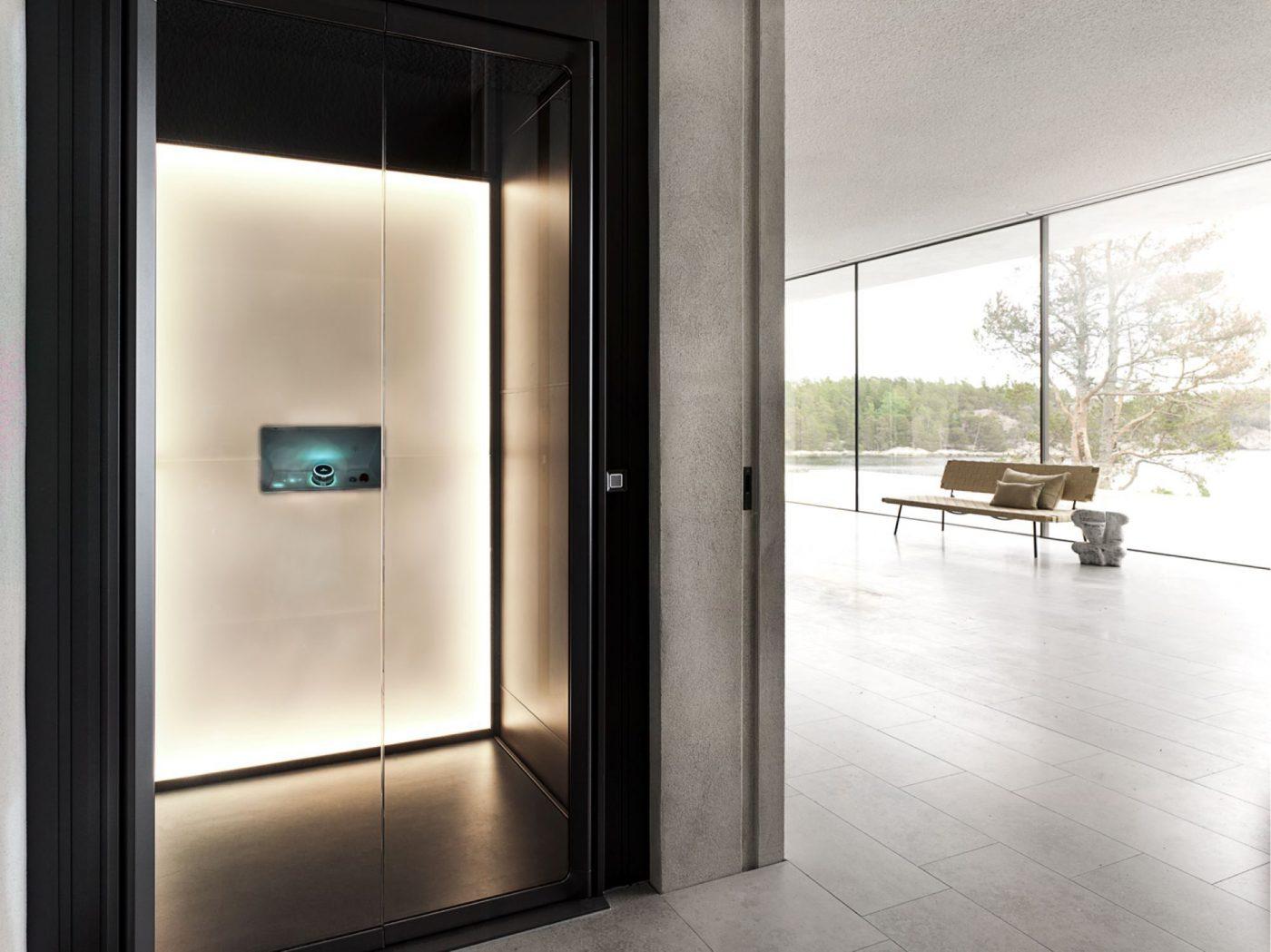We Maintain Lifts to the Greatest Requirements: Reliable Solution for All Lift Types
We Maintain Lifts to the Greatest Requirements: Reliable Solution for All Lift Types
Blog Article
Digging Into the Globe of Lifts: Usual Concerns Dealt With by Numerous Lift Systems
As we browse with the upright transportation systems of modern-day structures, lifts stand apart as a vital element of our every day lives. However, behind their seamless procedure exists a globe of intricate mechanisms that can often encounter challenges. From hydraulic lifts to traction systems and machine-room-less styles, each lift kind includes its collection of common problems. Understanding these challenges is critical for making certain the smooth performance of these vital systems. Allow's explore the intricacies that underlie the procedure of lifts and the prospective issues that can occur, clarifying the elaborate internet of lift systems.
Hydraulic Lifts
Hydraulic elevators, typically favored for low-rise structures, use fluid pressure to regulate the activity of the lift vehicle (lift repair companies). This system involves a hydraulic pump pressing oil right into a cyndrical tube, creating the lift to relocate the preferred instructions. While hydraulic elevators are recognized for their silent and smooth operation, they do include their very own set of usual issues
One common problem with hydraulic lifts is oil leakage. The seals in the hydraulic system can break gradually, causing oil seepage. This not only develops a mess but can additionally impact the lift's efficiency if left unaddressed. In addition, concerns with the control system, such as defective shutoffs or a malfunctioning pump, can trigger interruptions in the elevator's activity.
Normal upkeep and punctual repairs are vital to guarantee the smooth performance of hydraulic lifts. By addressing these common problems proactively, building owners can decrease downtime and make sure the safety and efficiency of their upright transportation system.
Traction Lifts
When considering upright transport systems in structures, another usual type apart from hydraulic elevators is the traction lift. Grip lifts run utilizing a system of ropes and counterweights that relocate the elevator vehicle by grasping onto the hoist ropes. This mechanism permits for smoother and much faster vertical transportation compared to hydraulic systems.
Among the usual problems faced by traction lifts is rope wear. The consistent activity of the ropes within the grip system can cause tear and put on in time, possibly causing the elevator to breakdown or come to be hazardous for use. Routine assessments and upkeep of the ropes are vital to guarantee the lift's proper functioning and safety.
One more concern that grip lifts may encounter is connected to the control system. Troubles with the control system can lead to issues such as erratic activity, hold-ups in feedback times, or perhaps complete closures. Normal testing and upkeep description of the control system are important to avoid such issues and ensure the elevator's integrity.
Machine-Room-Less (MRL) Elevators

One of the vital elements of MRL elevators is the portable gearless traction equipment that is set up within the hoistway. This machine successfully drives the elevator auto without the demand for large tools discovered in traditional grip lifts. Furthermore, MRL lifts usually use a weight system to balance the auto, further boosting their energy effectiveness.
Despite their advantages, MRL lifts might face challenges associated to repair and maintenance due to the constrained area for equipment setup. Access for servicing elements within the shaft can be restricted, calling for specialized training for specialists. Appropriate maintenance routines and routine examinations are essential to make certain the ongoing smooth procedure of MRL lifts.
Overloading and Weight Restriction Issues
Straining and weight restriction problems are important worries in elevator procedures. Lift makers style lifts with specific weight abilities to make sure passenger safety and tools durability.
When elevators are strained, it places excessive strain on the electric motor, cable televisions, and other parts, potentially causing breakdowns or breakdowns. If they spot excess weight, safety and security systems such as sensing units and overload sensors are in area to stop elevators from relocating. Additionally, going beyond weight limits can bring about enhanced power consumption and damage on the elevator system.
To alleviate overloading problems, constructing managers need to prominently show weight limits in elevators and enlighten residents on the relevance of adhering to these constraints - lift repair companies. Regular maintenance checks by certified technicians can additionally help ensure that elevators are running within safe weight parameters. By resolving overloading and weight limit problems proactively, structure owners can improve lift safety and security and efficiency
Electrical System Failures
Going beyond weight restrictions in lifts can not just lead to mechanical problems however likewise possibly contribute to electrical system failures within the lift framework. Electric system failings are a vital concern in lift procedure, as they can cause unexpected shutdowns, malfunctions, or even safety hazards.
Normal upkeep and evaluations are use this link vital to determine and address prospective electric problems without delay, guaranteeing the safe and efficient procedure of elevator systems. By adhering her response to weight restrictions and performing regular electrical system checks, structure owners can alleviate the risk of electric failures in elevators.
Verdict

Hydraulic elevators, commonly liked for low-rise structures, make use of fluid pressure to regulate the motion of the lift car.When taking into consideration vertical transportation systems in buildings, an additional common kind apart from hydraulic lifts is the traction elevator. Grip elevators operate making use of a system of ropes and weights that relocate the elevator cars and truck by grasping onto the hoist ropes. Unlike typical lifts that require a separate maker area to house the equipment, MRL elevators incorporate many of the components within the shaft, removing the demand for a specialized maker space.In final thought, elevators deal with typical issues such as hydraulic breakdowns, traction system failings, and electrical system troubles.
Report this page